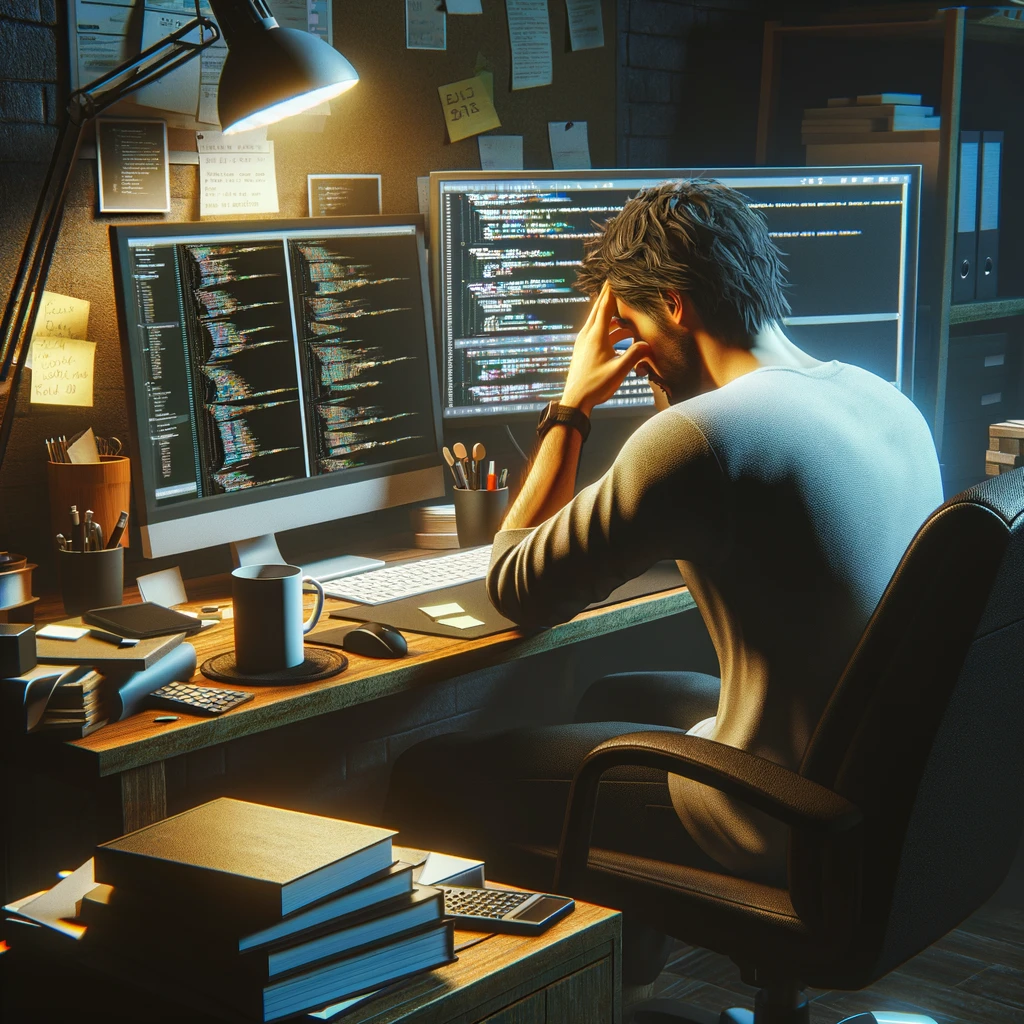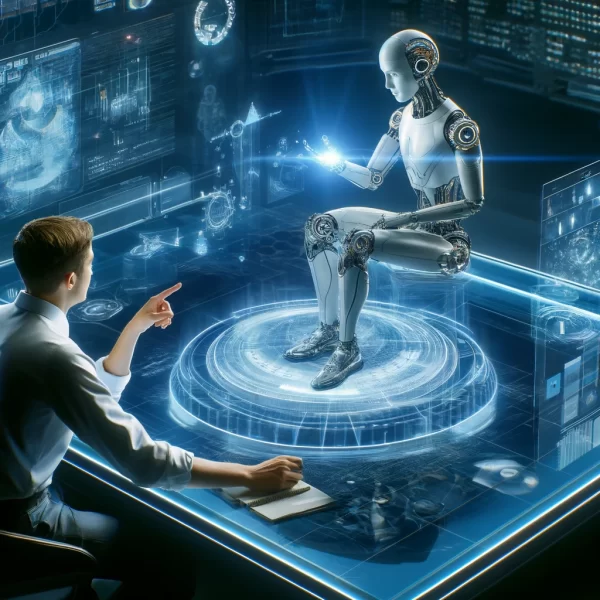How AI Is Revolutionizing Computer Programming
In my early days as a programmer, coding was a completely manual process. I had to be fully cognizant of every aspect of the selected programming language, and every line of code had to be meticulously checked for errors in logic and syntax. If I had a question or encountered a problem, my only recourses were to look in a book or ask a friend. The simplest of programs could take hours to write and debug.

With the emergence of Web forums and online training, the programming process became dramatically easier. Now I could search the Internet for answers to my questions, view examples online, and even download pre-written code to handle portions of the work. My colleagues and I began to joke that we had all devolved into Google-assisted coders.
The advent of object-oriented programming was a further leap forward, making it possible to tap into software libraries and built-in functions. This made it possible to create far more complex programs in far less time and with far less debugging.
Recently, in the ever-evolving landscape of technology, the fusion of artificial intelligence (AI) and coding has birthed a new era of innovation. Traditional programming paradigms have often been associated with strict logic and rule-based approaches. However, with the advent of AI, coding has transcended its conventional boundaries, ushering in a realm of creativity and imagination. We programmers are quickly devolving again, this time into AI-dependent prompt builders. As AI continues to evolve we may become entirely obsolete. Whether this is ultimately a good or a bad thing remains to be seen.
This article delves into the transformative power of AI in revolutionizing software development and merging it with design, thus unlocking new possibilities and reshaping the way we perceive technology.
The Emergence of Creative AI
Gone are the days when coding was solely confined to executing predefined commands and algorithms. Today, AI algorithms have evolved to exhibit a remarkable level of creativity, enabling machines to generate novel solutions and designs independently. One of the most significant advancements in this domain is the emergence of generative AI models, such as Generative Adversarial Networks (GANs) and Variational Autoencoders (VAEs). These models have the ability to learn from vast datasets and generate new content that mimics the style and characteristics of the input data.
Unleashing Creativity in Programming
AI is reshaping the very essence of programming itself. With the rise of AI-assisted coding platforms, developers can now harness the power of machine learning to automate mundane tasks, debug code autonomously, and even generate new code snippets based on contextual understanding. This not only accelerates the development process but also empowers developers to focus on higher-level tasks that still (for the moment) require human creativity and problem-solving skills.
Redefining Design Processes

The days of design being done with pencils and brush strokes are becoming a distant memory as well. Computer technology has long since taken over the field. Artists have become graphic designers, and graphic designers have essentially become programmers. Now they, too, face the risk of becoming obsolete due to the rise of AI.
AI-powered tools are revolutionizing traditional workflows by offering unprecedented capabilities in content creation and manipulation. Graphic designers, for instance, can leverage AI algorithms to automatically generate layouts, color schemes, and even entire visual compositions based on specific design criteria. Moreover, AI-driven design tools can analyze user preferences and behavior patterns to tailor personalized experiences, thereby enhancing user engagement and satisfaction.
Bridging the Gap Between Art and Technology
The integration of AI into coding and design practices is blurring the lines between art and technology, fostering interdisciplinary collaboration and innovation. Artists and programmers are joining forces to explore new frontiers of creative expression, leveraging AI algorithms to create interactive environments, immersive experiences, and multimedia artworks that defy traditional categorization. This symbiotic relationship between AI, software development, and creativity is giving rise to a vibrant ecosystem of digital artistry and innovation.
Challenges and Opportunities Ahead
While the fusion of AI and creative coding holds immense promise, it also presents a unique set of challenges and ethical considerations. As AI algorithms become increasingly proficient at generating content autonomously, questions regarding authorship, ownership, and attribution arise. Moreover, concerns surrounding bias, fairness, and transparency in AI-generated designs must be addressed to ensure the integrity of the creative process.
Summary
In conclusion, the marriage of AI and creative coding is transforming the landscape of programming and design, unlocking new possibilities and pushing the boundaries of innovation. From autonomous content generation to collaborative artistry, AI is revolutionizing the way we create and interact with technology. By embracing the creative potential of AI, we can harness its transformative power to drive positive change and shape a more imaginative and inclusive future.
As we navigate this rapidly evolving landscape, it is imperative to approach AI-driven creativity with a sense of responsibility and mindfulness, ensuring that our innovations are guided by ethical principles and serve the collective good. In doing so, we can harness the full potential of AI to unleash the boundless creativity that lies at the intersection of technology and human imagination.











